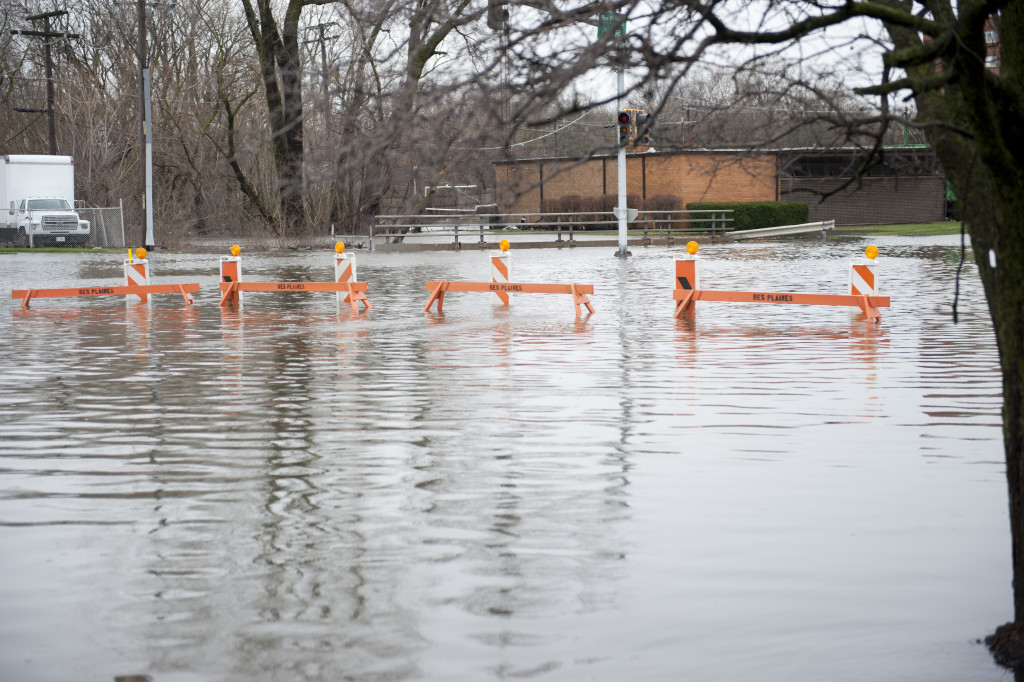Nonprofit organizations are often the first responders to a disaster. They provide immediate relief and recovery services, partnering with government officials and other organizations to help communities get back on their feet. But what happens when disaster strikes again? The impact of disasters can be devastating for communities that have been through similar events before.
Nonprofit leaders need to consider how they will work with other organizations to help their community recover from a disaster while also preparing for future events. There are several ways that nonprofits can help communities after a disaster.
Offer immediate relief and recovery services
When a disaster hits, nonprofit organizations must provide immediate relief and recovery services to help residents get back on their feet. These services can include providing food, water, and shelter; helping residents connect with resources such as medical care and insurance; and assisting with rebuilding efforts.
Nonprofits also bring heavy equipment if needed, especially in areas hit by hurricanes and tornadoes. They’ll bring chain saws, drills, trenchers, and cranes. They’ll also bring portable toilets and showers. Additionally, Nonprofits should bring chains for lifting to deal with structures that fell during the calamity.
Nonprofits also need to think about communicating with residents during and after a disaster. Many people lose power and cell phone service during disasters, so it’s important to have a plan for reaching people. Text messaging, social media, and ham radios are all good options for communication during a disaster.
Partner with other organizations
Nonprofits should partner with other organizations, such as government agencies, faith-based groups, and businesses to help with relief and recovery efforts. These partnerships can help nonprofits pool resources and reach more people in need.
Working with other organizations, government officials, and volunteers, nonprofits can help ensure that communities have the resources to recover from a disaster. In some cases, nonprofits may also provide long-term assistance, such as helping residents find new jobs or housing.
Government agencies can provide resources and personnel to help with relief efforts. Faith-based groups can provide spiritual support and volunteers. Businesses can donate money, supplies, or equipment.
Prepare for future disasters
As climate change continues to cause more extreme weather events, nonprofits need to be prepared for future disasters. This means having a plan in place for how you will respond to a disaster and what you will do to help your community recover.
It’s important to have a good understanding of the risks that disasters pose to your community. You should also know what resources and assistance your community will need to recover. Planning can help you be better prepared to respond to a disaster and help your community recover.

Advocate for victims of disasters
When a disaster hits, it can be difficult for victims to get the help they need. This is where nonprofits can step in and help. By advocating for victims, nonprofits can ensure that they get the support they need to rebuild their lives. This includes everything from obtaining government assistance to getting access to vital resources like food and shelter.
Nonprofits can also help connect victims with the services they need to get back on their feet. This includes helping them find housing, employment, and counseling. In some cases, nonprofits may even be able to provide financial assistance to help cover the costs of rebuilding.
By advocating for disaster victims, nonprofits can play a vital role in helping communities recover from the devastation. In doing so, they can help to make sure that no one is left behind in the aftermath of a disaster.
Raise funds to support disaster relief efforts
After a disaster, there will likely be a need for financial assistance to help with relief and recovery efforts. Nonprofits can play a vital role in raising funds to support these efforts.
There are several ways to raise funds for disaster relief. One option is to hold a fundraiser. This can be done through an event such as a bake sale or car wash or by setting up a donation drive. Another option is to set up an online crowdfunding campaign.
Another way to raise funds is to partner with businesses. Many businesses are willing to donate a portion of their sales to disaster relief efforts. You can also approach businesses about sponsoring an event or donating supplies.
No matter how you raise funds, it’s important to make sure that the money goes to a reputable organization that can put it to good use. When possible, try to donate directly to relief efforts rather than giving money to a third-party organization.
Disasters can have a devastating impact on communities, leaving residents struggling to rebuild their lives. Nonprofits can play a vital role in helping these communities recover by providing resources and assistance. They can also raise funds to support relief and recovery efforts. By working with other organizations, government officials, and volunteers, nonprofits can help ensure that everyone in the community has the support they need to rebuild their lives.


